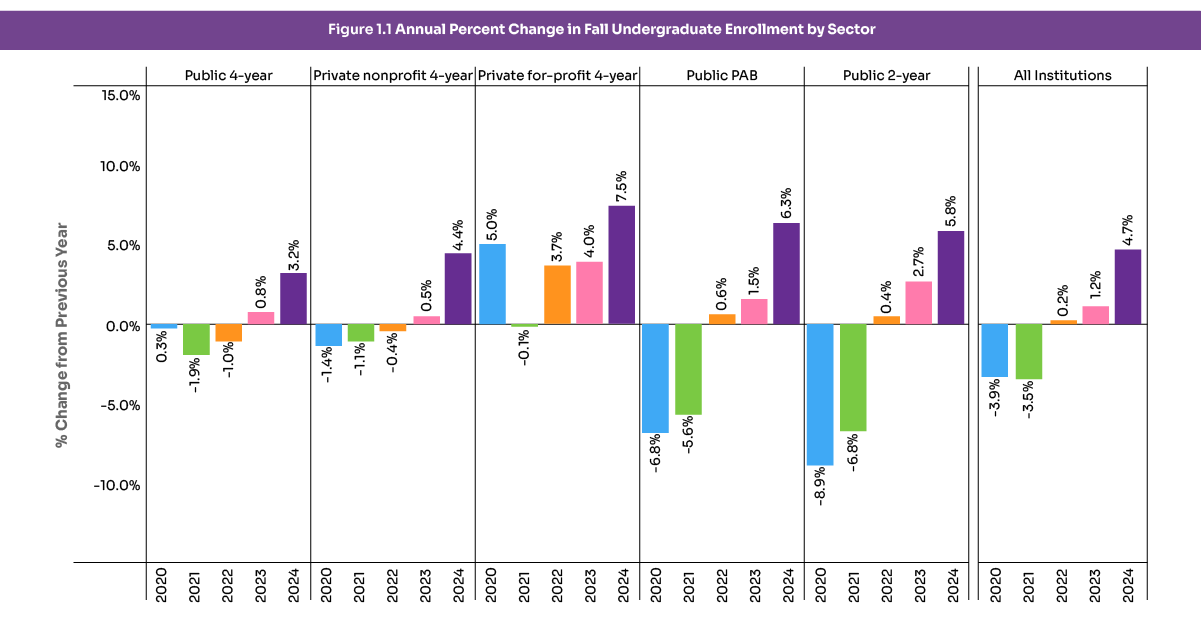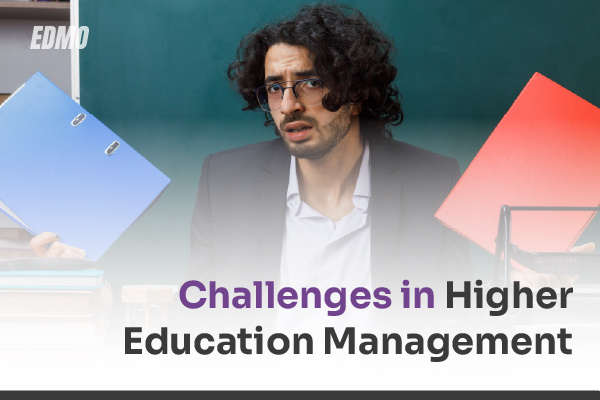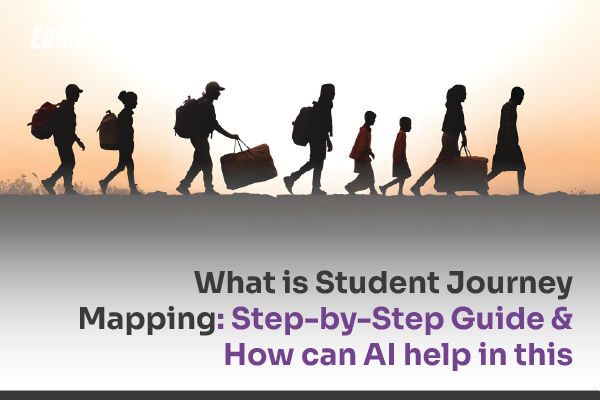Recent declines in enrollment have raised concerns for higher education institutions in the United States, highlighting the need for investments in Enrollment Innovation in Higher Education. Despite an overall 3% increase in post-secondary enrollment, first-year enrollment fell by more than 5% from Fall 2023 to Fall 2024.
Annual Percent Change in Fall Undergraduate Enrollment by Sector

Annual Percent Change in Fall Graduate Enrollment by Sector

Source: National Student Clearing House’s Current Term Enrollment Estimates Latest Data
Some key findings of certain reports also show:
- 18-year-old enrollment dropped by 6%, showing a concerning trend among younger students.
- Four-year colleges saw massive drops, with public colleges losing 8.5% of students and nonprofit private colleges losing 6.5%.
- Institutions serving a high number of Pell-eligible students experienced a 10% drop in first-year enrollment.
These declines highlight the need for universities to adopt technology innovations. This blog will explore how these technology investments can deliver a strong ROI in Enrollment Innovation, ensuring long-term growth and success for universities.
Understanding Enrollment Innovation
Enrollment innovation refers to using advanced tools, data analytics, and strategic approaches to improve the student selection and admissions process. It involves enhancing enrollment strategies to attract, engage, and retain students. With the increasing competition among universities and changing student expectations, universities are focusing on ROI in Enrollment Innovation by adopting AI-based solutions to speed up administrative tasks, improve decision-making, and improve student experiences.
How AI Technologies Ensure Enrollment Efficiency
AI technologies play a key role in maximizing ROI in Enrollment Innovation by streamlining administrative processes and improving decision-making. These innovations help universities improve efficiency, reduce workload, and create a more transparent admissions system.
1. Streamlining Administrative Processes
AI significantly reduces the time and effort required for application processing. A survey found that eight in ten colleges planned to use AI in their admissions cycle. Additionally, 70% of admissions officers reported using AI to review recommendation letters and transcripts, while 60% using AI for personal essay evaluation. With EDMO’s Document Intelligence, universities reduce manual work by 40%, making admissions faster and more efficient.
2. AI-Powered Decision-Making
AI tools help universities make data-based admission decisions by evaluating applications more efficiently. According to the survey, 50% of college admissions offices have already integrated AI into their review processes, with another 7% planning adoption by 2025. AI tools can assess application completeness, highlight problems, and support more objective decision-making, ensuring a fair admissions process.
3. Boosting Enrollment with Predictive AI
Predictive and prescriptive AI tools can help universities target potential students more effectively. One institution reported a 15% increase in enrollment after using AI to identify students most likely to respond to personalized outreach. However, despite its potential, only 40% of higher education administrators currently use predictive AI, indicating room for growth.
4. Enhancing Student Experience with AI Chatbots
AI chatbots and virtual assistants finetune the enrollment experience of students by providing 24/7 support. Thompson Rivers University uses an AI chatbot powered by Comm100 to handle 83% of application requests. Initially designed to assist with applications, the chatbot is used across multiple departments, helping students navigate admissions and access important information. With EDMO’s Conversation Intelligence, universities can provide instant, personalized support across multiple channels. Institutions using EDMO have seen a 5% increase in application-to-enrollment conversion rates, driving better student engagement and success.
5. AI-Driven Retention Strategies
Enrollment efficiency isn’t just about attracting students—it’s also about retaining them. Nova Southeastern University in Florida used AI to identify students at risk of dropping out. This approach helped the university’s academic and student support services to intervene early, improving retention rates. Unlike traditional methods that react to academic struggles, AI helps universities adjust courses, intensify advising, and offer timely support, ensuring long-term student success.
ROI in Enrollment Innovation is maximized by using AI tools to speed up processes, improve decision-making, and improve student experiences. These AI innovations provide significant returns for universities by boosting enrollment, retention, and overall efficiency.
Conclusion
AI-based enrollment innovation is changing higher education by simplifying administrative tasks, improving decision-making, boosting student recruitment, and helping retain students. As universities continue to adopt AI-powered solutions, they can achieve greater efficiency, optimize resources, and provide a better experience for potential and current students. At EDMO, we help universities boost enrollment with smart AI solutions. Trusted by 200+ global institutions, EDMO helps universities stay competitive and maximize their ROI in enrollment innovation.
Also Read:
How does hybrid learning have a positive impact on students and institutions?
Intead partners with EDMO to provide end-to-end student enrollment services to academic institutions
5 Strategies for Effective Enrollment Management In Higher Education
5 Ways to Boost Employment Success for International Students







